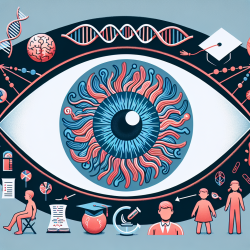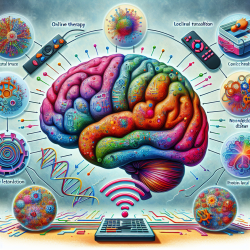Understanding the Genetic and Environmental Factors Influencing Myopia
Myopia, commonly known as nearsightedness, is a growing global health concern. The recent study titled "Meta-analysis of gene–environment-wide association scans accounting for education level identifies additional loci for refractive error" provides critical insights into how genetic and environmental factors, particularly education, interact to influence myopia development.
Key Findings from the Study
The study conducted a comprehensive meta-analysis involving over 50,000 individuals from diverse ethnic backgrounds. It identified several novel genetic loci associated with refractive error, emphasizing the significant role of education as an environmental factor. The study revealed:
- Six novel loci associated with refractive error in European populations.
- Three loci showing strong interactions with education in Asian populations.
- The impact of education on refractive error is more pronounced in Asians compared to Europeans.
Implications for Practitioners
As practitioners focused on improving child outcomes, understanding the interplay between genetics and environmental factors like education can guide interventions. Here are some ways to implement these findings:
- Personalized Interventions: Tailor interventions based on genetic predispositions and educational exposure. Consider genetic testing for children at high risk of myopia.
- Educational Strategies: Implement strategies that reduce near work strain, such as incorporating breaks and outdoor activities into school curricula.
- Further Research: Encourage further research into the specific mechanisms of how education influences genetic expression related to myopia.
Encouraging Further Research
The findings underscore the importance of a gene-environment interaction approach in understanding myopia. Practitioners are encouraged to delve deeper into how these interactions can be modulated to prevent or mitigate myopia. Collaborative research efforts can lead to innovative strategies that integrate genetic insights with educational practices.
For practitioners interested in exploring the original research in detail, the full study can be accessed here: Meta-analysis of gene–environment-wide association scans accounting for education level identifies additional loci for refractive error.
Conclusion
By understanding the genetic and environmental underpinnings of myopia, practitioners can better tailor interventions to improve visual outcomes for children. This study provides a foundation for developing data-driven strategies that consider both genetic predispositions and educational influences.










